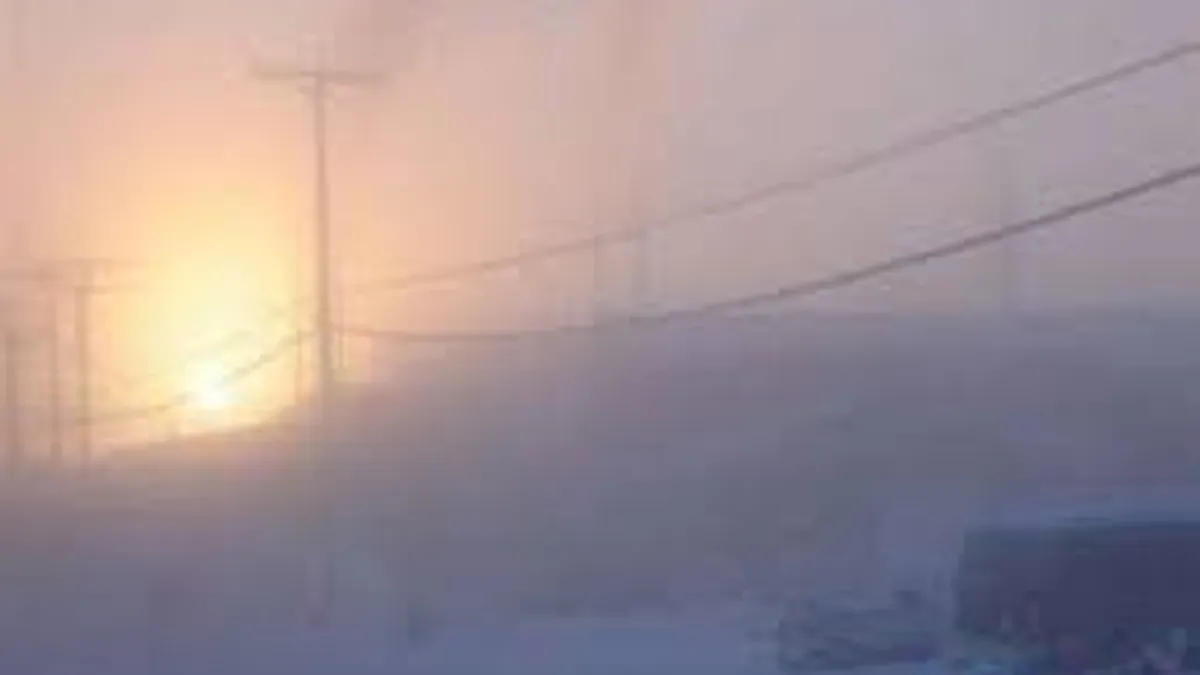Dive Brief:
- French company Saft has delivered a battery storage system for the Kotzebue Electric Association (KEA) in Alaska that is designed to withstand the extreme temperature north of the Arctic Circle, Transmission & Distribution world reports.
- The battery system will allow the KEA to reduce its dependence on diesel generators by providing battery backup for the electric cooperative’s wind turbines.
- The Saft battery system can withstand temperatures as low as -58°F.
Dive Insight:
Alaska's remote communities in the Arctic Circle are prime territory for battery storage and microgrids, due to the region's high electric rates and isolation, and one small electric association is taking advantage.
French technology company Saft has delivered a battery storage system to the Kotzebue Electric Association (KEA) in Kotzebue, which is located above the Arctic Circle in Alaska’s Northwest Arctic Borough.
Kotzebue is not connected to a transmission grid or to any road system and has historically been dependent on diesel generators for electricity. The area has an annual average temperature of 22°F and residents face some of the highest energy costs in the nation.
“Battery storage is an additional tool we need to increase our cooperative's efficiency and reduce our diesel dependence,” said Brad Reeve, KEA’s general manager and CEO, said.
Saft says the key benefits to the KEA microgrid will be the ability to ride through fluctuations in wind output and to time-shift excess wind energy, providing significant reductions in diesel consumption.
Saft’s Intensium Max+20M containerized Battery Energy Storage System (BESS) is designed for extreme cold environments. It provides 950 kWh and has the ability to operate in environments reaching ambient temperatures of -58°F. The BESS also includes a 1.2-MW EssPro Power Conversion System and grid connect transformer, supplied by ABB.
KEA’s current wind farm is made up of 17 turbines with a maximum capacity of 1.14 MW. KEA views the energy produced by the turbines as a hedge to the increasing cost of diesel fuel.
In 2010, KEA installed solar thermal systems to provide hot water and heat for six homes. KEA says the project is the first solar thermal installation north of the Arctic Circle in Alaska.














